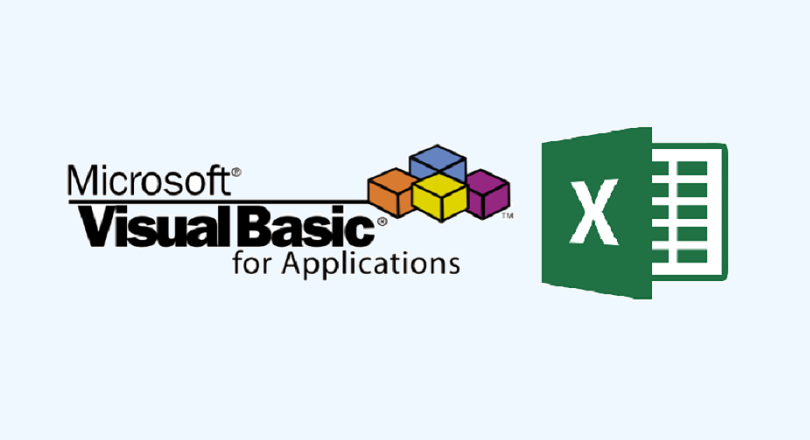
Free eBooks for Beginners
VBA (Visual Basic for Applications) is a powerful programming language that is used in many Microsoft Office applications, such as Excel and Word. Collections are one of the data structures available in VBA, and they are used to store groups of related objects. In this article, we’ll cover what collections are, how they differ from arrays, and how to use them in VBA for beginners.
What are collections in VBA?
Collections are groups of objects that are stored together and can be accessed using an index number or a key. They are similar to arrays, but offer a number of advantages. For example, collections can grow or shrink dynamically as objects are added or removed, and they can be indexed using both numbers and keys. This makes collections more flexible and easier to use than arrays, especially when working with complex data structures.
Difference between Collections and Arrays
The main difference between collections and arrays is that collections are more flexible and easier to use than arrays. Arrays have a fixed size, which means that you must know the size of the array before you can use it. Once the size of the array has been set, it can’t be changed. Collections, on the other hand, can grow or shrink dynamically, so you don’t need to know the size of the collection in advance.
Another difference is that collections can be indexed using both numbers and keys. Arrays can only be indexed using numbers, so you need to keep track of the indices of the elements in the array. Collections can be indexed using keys, which are names or labels assigned to each element. This makes it easier to find and access specific elements in a collection.
How to use collections in VBA
To use collections in VBA, you need to first create a collection object. You can do this using the Collection class from the VBA Library. After creating the collection object, you can add elements to the collection using the Add method, and access elements using the Item property.
To add elements to a collection, you simply specify the key or index number, along with the object you want to add. To access elements in a collection, you can either use the key or index number, depending on how you want to access the elements.
For example, you could create a collection of employee names and add employees to the collection using the names as keys. Then, you could access each employee by using the name as the key, like this:
Dim employees As Collection
Set employees = New Collection
employees.Add "John", "John"
employees.Add "Jane", "Jane"
employees.Add "Jim", "Jim"
Debug.Print employees("John").Name
In conclusion, collections are a powerful and flexible data structure in VBA that can be used to store groups of related objects. They are easy to use and provide many benefits over arrays, including dynamic sizing, key-based indexing, and more. By understanding how to use collections in VBA, you will be able to create more efficient and effective programs that can handle complex data structures.
VBA for Beginners – Chapter 20 : Collections
 Loading...
Loading...
Disclaimer: The information and code presented within this recipe/tutorial is only for educational and coaching purposes for beginners and developers. Anyone can practice and apply the recipe/tutorial presented here, but the reader is taking full responsibility for his/her actions. The author (content curator) of this recipe (code / program) has made every effort to ensure the accuracy of the information was correct at time of publication. The author (content curator) does not assume and hereby disclaims any liability to any party for any loss, damage, or disruption caused by errors or omissions, whether such errors or omissions result from accident, negligence, or any other cause. The information presented here could also be found in public knowledge domains.